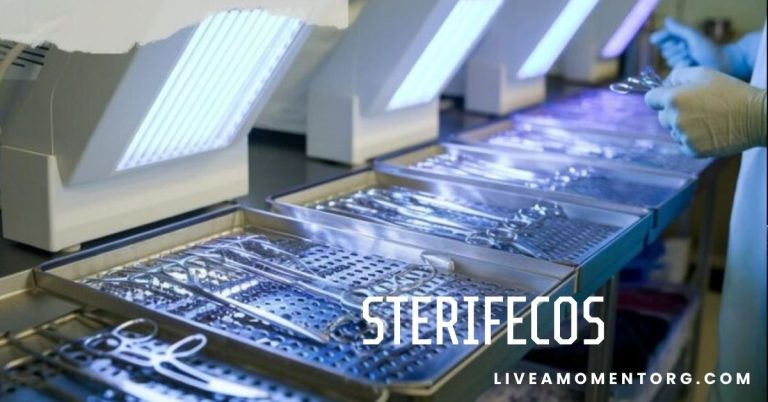The Mechanics of Motion: An Exploration of Gears
Gears are the unsung heroes of modern machinery, silently powering the devices and vehicles that define our daily lives. From the ancient Antikythera mechanism to the sophisticated transmissions of today’s vehicles, gears have been essential in making advancements in technology and engineering.
This post is a deep dive into the world of gears, aimed at engineering enthusiasts who share a fascination for these mechanical marvels.
A Brief History and Their Importance in Modern Machinery
The history of gears traces back thousands of years, with early examples like the Antikythera mechanism showcasing how ancient civilizations used gears to calculate astronomical positions. Fast forward to the Industrial Revolution and beyond, gears have become fundamental components in virtually every mechanical system. They transmit torque and speed, enabling the complex movements required in modern machinery and devices.
The Anatomy of Gears: Types, Components, and How They Work
Gears come in various shapes and sizes, each designed for specific applications and operational requirements. The most common types include spur gears, helical gears, bevel gears, and worm gears, all of which benefit significantly from the application of industrial lubricators to enhance their efficiency and longevity. Each type has unique components such as teeth, pitch surface, and bore. These components work together to transmit power efficiently from one part of a machine to another.
For example, spur gears, with their straight teeth, are used for simple, high-speed applications, while helical gears, identifiable by their angled teeth, offer smoother and quieter operation.
Applications of Gears: From Industrial Machinery to Everyday Devices
Gears are critical in many machines, powering items from clocks to cars. In industry, they drive manufacturing equipment, ensuring smooth conveyor operations and precise robot tasks. In the automotive sector, gears are key for transmitting power from the engine to the wheels, and adjusting speed and torque for various driving conditions, which allows for efficient movement over steep inclines or at high speeds. Their adaptability is vital for modern transport.
Gears also play an important role in consumer electronics, moving camera lenses for zoom and focus, and in printers for accurate paper movement and imaging. Their use in devices highlights their importance for precision and functionality.
In short, gears are essential for the operation of both everyday devices and complex machinery, showcasing their versatility and crucial role in technology.
The Mathematics Behind Gears: Calculating Ratios and Understanding Efficiency
The essence of gear operation can be understood through gear ratios, which measure the comparative sizes of two interacting gears. This ratio determines the mechanical advantage, dictating how much force is amplified or speed is increased. Calculating gear ratios and understanding their impact on efficiency and performance is crucial for designing systems that meet specific operational requirements. For instance, a high gear ratio can increase torque but reduce speed, which is ideal for heavy-duty machinery.
The Future of Gears: Innovations and Technological Advancements
The future of gears is as dynamic as its past, with ongoing research and development focused on improving efficiency, reducing noise, and increasing durability. Innovations such as 3D printing of gears and the use of advanced materials promise to revolutionize gear design and application. Additionally, the integration of smart technologies with gear systems opens new possibilities for monitoring performance and predictive maintenance, further enhancing their utility and lifespan.
Conclusion
Gears have been instrumental in the progress of engineering and technology. Their ability to transmit power efficiently and adjust speed and torque has made them indispensable in a wide range of applications. As we look to the future, the continuous evolution of gear technology promises to drive further advancements in machinery and devices, ensuring that gears remain at the heart of mechanical systems for years to come.







